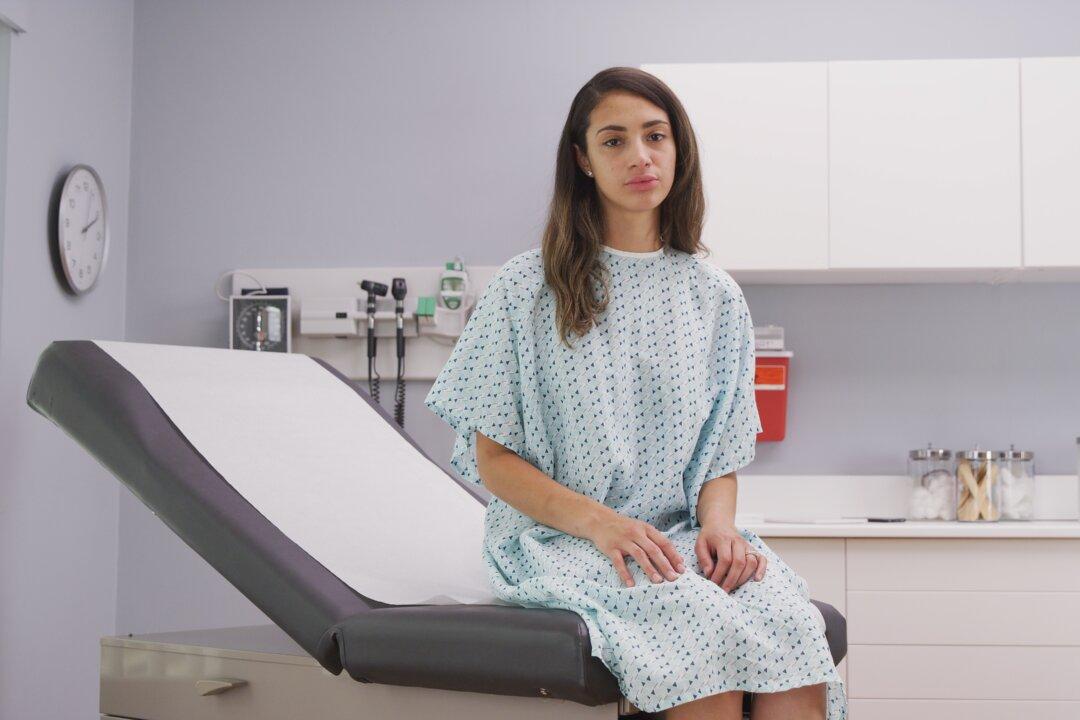After a young woman we’ll call Jane had her first pelvic exam, her doctor wrote her a prescription for birth control pills.
“What are these for?” she asked, perplexed.

After a young woman we’ll call Jane had her first pelvic exam, her doctor wrote her a prescription for birth control pills.
“What are these for?” she asked, perplexed.